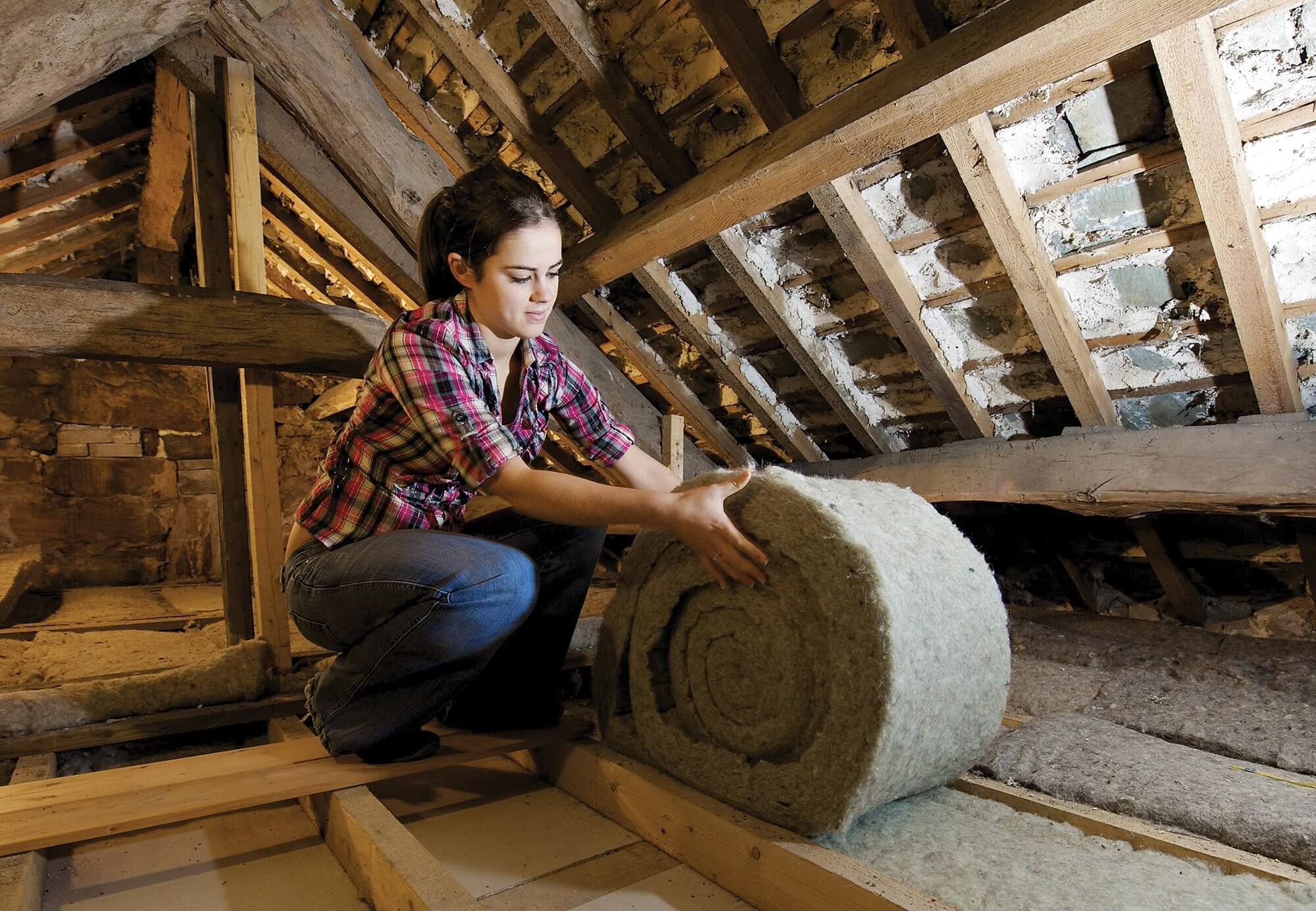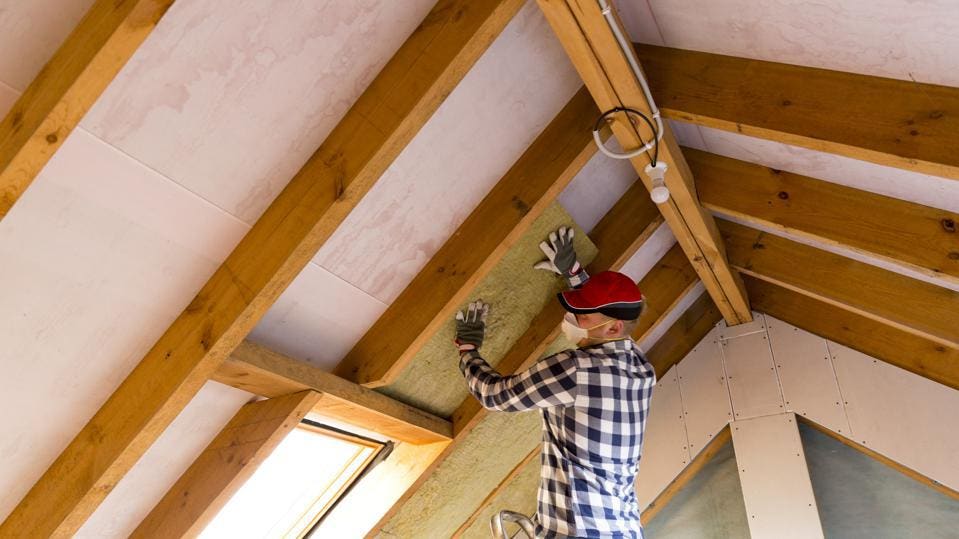Insulation plays a crucial role in maintaining energy efficiency and comfort in buildings. However, it is essential to recognize that insulation materials can also pose potential hazards if not handled or installed correctly. In this blog post, we will delve into the various types of hazards associated with insulation, providing you with a comprehensive understanding of the risks involved and how to mitigate them effectively.
- Fire Hazards:
Insulation materials, especially those made from flammable substances like foam or cellulose, can contribute to the rapid spread of fire if not adequately protected. It is crucial to choose fire-resistant insulation materials and ensure proper installation techniques to minimize the risk of fire hazards. Additionally, maintaining clearances from heat sources and using fire-retardant barriers can further enhance safety. - Indoor Air Quality:
Certain insulation materials, such as fiberglass, can release harmful airborne particles if they become damaged or deteriorate over time. These particles, when inhaled, can lead to respiratory issues and allergies. To mitigate this hazard, it is essential to select insulation materials with low volatile organic compound (VOC) emissions and regularly inspect and maintain insulation to prevent degradation. - Moisture and Mold:
Improperly installed or damaged insulation can trap moisture, leading to the growth of mold and mildew. Exposure to mold spores can cause respiratory problems, allergies, and even serious health issues. To prevent moisture-related hazards, it is crucial to install vapor barriers, ensure proper ventilation, and promptly address any signs of water intrusion or damage. - Electrical Hazards:
In some cases, insulation materials may come into contact with electrical wiring, posing a risk of electrical shock or fire. It is essential to follow electrical safety codes and guidelines when installing insulation near electrical components. Using insulation materials with appropriate electrical insulation properties and maintaining proper clearances can help mitigate these hazards effectively. - Chemical Hazards:
Certain insulation materials, such as spray foam insulation, can release volatile chemicals during installation or if they are not properly cured. These chemicals can cause respiratory irritation and other health issues. It is crucial to choose insulation materials with low chemical emissions and ensure proper ventilation during and after installation.
Conclusion:
Insulation is a vital component of buildings, but it is essential to be aware of the potential hazards associated with it. By understanding the various types of hazards, such as fire risks, indoor air quality concerns, moisture-related issues, electrical hazards, and chemical exposures, you can take appropriate measures to minimize these risks. Always consult professionals and adhere to safety guidelines when selecting, installing, and maintaining insulation to ensure a safe and healthy environment.



